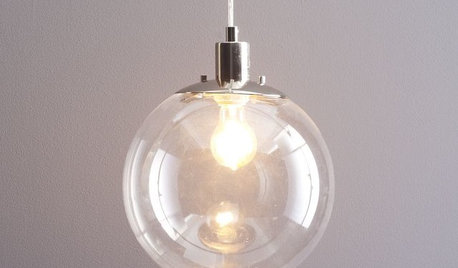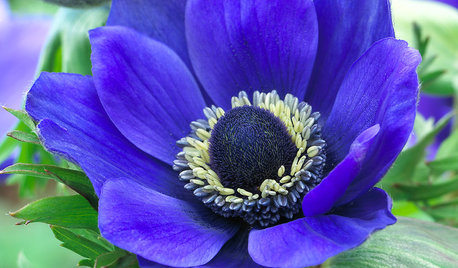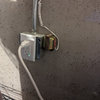What might have happened to this bulb?
whaas_5a
11 years ago
Related Stories

LIGHTINGGuest Picks: Exposed Bulb Lighting
Celebrate the filament bulb with 20 stylish lighting options
Full Story
HOUSEPLANTSHow to Force Amaryllis Bulbs Indoors
Enjoy vibrant red blossoms even as gardens turn snowy white, by teaching this hardy repeat performer to ignore the calendar
Full Story
HOME TECHHere's a Bright Idea: Smart Bulbs for Better Lighting
Lightbulbs that can change brightness and color with a cell phone command show flashes of design brilliance
Full Story
HOUSEKEEPING20 Things You Might Be Forgetting to Spring-Clean
Clean these often-neglected areas and your house will look and feel better
Full Story
NATIVE PLANTSWhy Aggressive Plants Might Actually Be Your Friends
Sometimes a garden thug is exactly what’s called for
Full Story
FALL GARDENING7 Delightfully Different Bulbs for Your Spring Garden
Fall planting: Stray from the standards for a more exotic spring garden that draws applause
Full Story
REMODELING GUIDES8 Remodeling Costs That Might Surprise You
Plan for these potential budget busters to keep a remodeling tab from escalating out of control
Full Story
FALL GARDENING6 Splendid Blue-Flowering Bulbs
How do you blue? With colors from sky to cobalt, these bulbs will greet you merrily in a spring garden
Full Story
GARDENING GUIDES6 Unsung Bulbs for Fall Planting
Don't hang up your spade after summer — plant these unusual bulbs in fall for a spectacular spring show
Full Story
GARDENING GUIDESGardening With Kids: How to Plant Bulbs
You don't need expertise to get flowering bulbs in the ground in fall — but kids will feel like gardening pros come spring
Full StorySponsored
Columbus Area's Luxury Design Build Firm | 17x Best of Houzz Winner!
More Discussions








yosemitebill
Ron Natalie
Related Professionals
Ashburn General Contractors · Centereach General Contractors · Leon Valley General Contractors · Oneida General Contractors · Pasadena General Contractors · Texas City General Contractors · University Park General Contractors · Walker General Contractors · Champlin Solar Energy Systems · Chatsworth Solar Energy Systems · Pinellas Park Solar Energy Systems · Santa Maria Solar Energy Systems · Bozeman Home Automation & Home Media · Lakeway Home Automation & Home Media · Tamiami Home Automation & Home Mediawhaas_5aOriginal Author
ionized_gw
saltcedar
brickeyee
btharmy
hrajotte
inox
countryboymo
alan_s_thefirst
countryboymo
Elmer J Fudd
ionized_gw
alan_s_thefirst
inox
ionized_gw
ionized_gw
inox